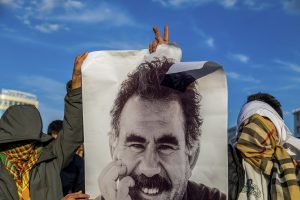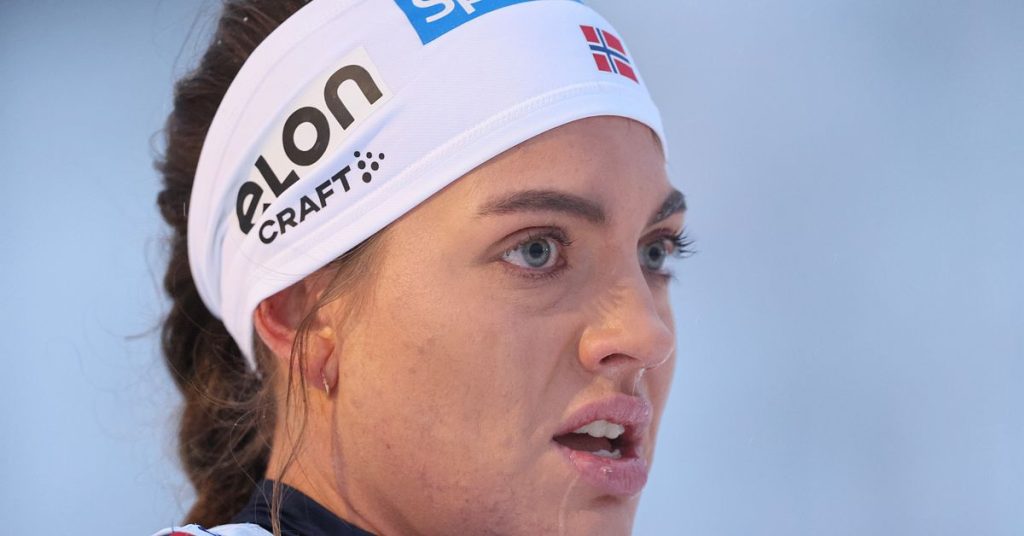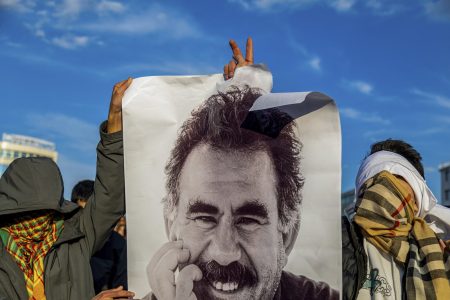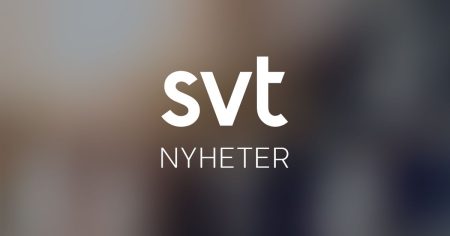Anna Dyvik, the Swedish cross-country skier, faced a challenging start in the prologue of a competition, likely a sprint race given the context, at Swedish Stavås. Right after the start, her ski pole broke, necessitating a quick replacement. This newly acquired pole was also exchanged before she crossed the finish line, leaving her in a state of nervous anticipation as she awaited the results. Despite the initial setback, her time proved sufficient to secure a spot in the final round, scheduled to begin later that day. This marked her return to competition after an absence following her quarter-final exit at the Lillehammer World Cup in early December.
Dyvik’s early exit in Lillehammer had been a difficult moment. She had abruptly left the venue, avoiding the media, stating her intention to return home and focus on training. The disappointment of the early elimination had evidently impacted her significantly, taking a couple of days to process. However, by the time of the Stavås competition, she had regained her composure and positive outlook, reflecting on the Lillehammer race as premature. She indicated that her mental preparedness had outpaced her physical readiness, leading to the suboptimal performance.
Now, with renewed focus and training under her belt, Dyvik appeared ready to compete once more. The Stavås race served as a valuable stepping stone towards her next major challenge: the World Cup sprint in Les Rousses, France. This upcoming race marks the resumption of the World Cup circuit after the Tour de Ski. Dyvik viewed the Stavås competition as an important preparatory run, allowing her to test her form and refine her racing strategy ahead of the demanding World Cup sprint.
The incident with the broken pole, though initially unsettling, ultimately didn’t derail Dyvik’s performance in the prologue. Her ability to quickly adapt to the situation and secure a place in the finals demonstrated her resilience and competitive spirit. The experience provided a valuable learning opportunity, highlighting the importance of equipment preparedness and the ability to maintain focus under pressure. The successful qualification for the finals served as a confidence booster, reaffirming her progress since the Lillehammer setback.
Dyvik’s focus on training after Lillehammer suggests a commitment to addressing the physical limitations she had identified. Her statement about her ”head wanting but her stomach not being ready” could indicate issues related to pacing, nutrition, or overall endurance. The intervening period likely involved targeted training sessions designed to improve these specific areas. The Stavås race then provided a crucial opportunity to assess the effectiveness of this training regimen in a competitive environment.
The upcoming World Cup sprint in Les Rousses represents a significant opportunity for Dyvik to demonstrate her improved form and compete against the world’s best sprinters. Her performance in Stavås, overcoming the early equipment malfunction, suggests she is approaching this challenge with renewed confidence and determination. The race will serve as a key indicator of her progress and provide valuable insights into areas for further development as she continues her journey in competitive cross-country skiing.














